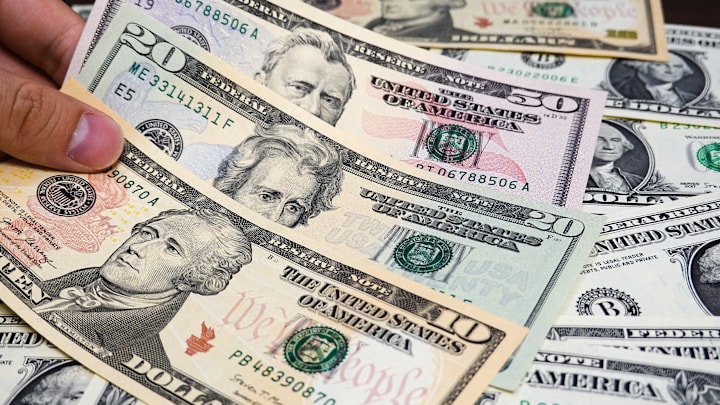My conversation on Tuesday with new USF men’s basketball coach Bryan Hodgson covered multiple topics. Rather than cram them all into one exhaustive story, it made more sense to space things out.
I asked him about the new frontier in college athletics, with schools allowed to make direct payments to athletes starting on July 1.
When a federal judge signed off on the settlement of the House vs. NCAA lawsuit last week, it literally created a whole new ballgame.
“I'll be transparent with you. Yeah, it is a seismic change, but it's a change that we have been preparing for as coaches,” Hodgson said.
“And the (athletic) department here, the university here, we've all been preparing for this for over a year, right? And although the court case took longer than anticipated, this has been in the works.”
The new agreement effectively establishes a salary cap of $20.5 million that schools can allocate to their athletes. They don’t have to spend that much, of course, but Michael Kelly, the former USF VP for Athletics, has long maintained the Bulls will spend to the limit.
But how will that work?
“I think our leadership here, starting with the (trustee) board and President (Rhea) Law, has been working on this since before it was even an option,” he said.
“Nobody has cut-and-dried answers right now on how it's going to work. However, I do believe that they've a good idea and a plan of action moving forward. We will get together and speak about it soon.”
Hodgson is confident that the new system will be a vast improvement over what programs faced last year.
“I'll tell you this first and foremost: I think it's going to be positive in a lot of ways. This past off-season, there were no guardrails. And so although there are many people out there talking about how this is gonna have a negative impact on athletics, I know what happened last year was tough,” he said.
“There were no rules. You saw what was announced the other day: the University of North Carolina spent $14 million on its basketball roster. Someone told me Louisville is closer to $20 million.”
The $20.5 million cap, which will increase over time, serves as that guardrail. Enforcing it, however, is the key.
The College Sports Commission, created by the power conferences, is designed to do that. Former MLB executive Bryan Seeley was named CEO of the group, which is tasked with investigating wrongdoing and enforcing the rules.
“If you go on social media right now, there are universities that are already saying, we're not doing that. We're going to go over that. Well, you're likely to hear from somebody if you do, and I think that's going to be primarily his job and his team's job,” Hodgson said.
“The general gist is everything's coming in-house. Not everything, but 95 percent of payments to athletes will be made in-house. That enforcement team is going to make sure the stuff that's not in-house is regulated. Every NIL deal over $600 now requires approval through a platform called NIL Go, monitored by a third-party company. They're going to look at those NIL deals and make sure that they fit into the standards as far as fair market value, et cetera.”
I messaged two athletes I know this morning to ask them if they know about the new rules around submitting deals over $600 to NIL Go. They had no idea what I was talking about. They've never heard of NIL Go, and yet they're supposed to start submitting any deals entered June 7th…
— Kristi Dosh (@SportsBizMiss) June 10, 2025
How USF will distribute the in-house money among its 21 sports programs has yet to be determined. Those conversations are ongoing, which – strictly in my opinion – increases the likelihood the Bulls’ new athletic director will be someone already on staff or with close ties to the university.
“I'm just confident that our leadership is going to give us the formula to be successful here when it comes to revenue sharing,” Hodgson said.
“I’m fully confident that we will have the right answers.”
